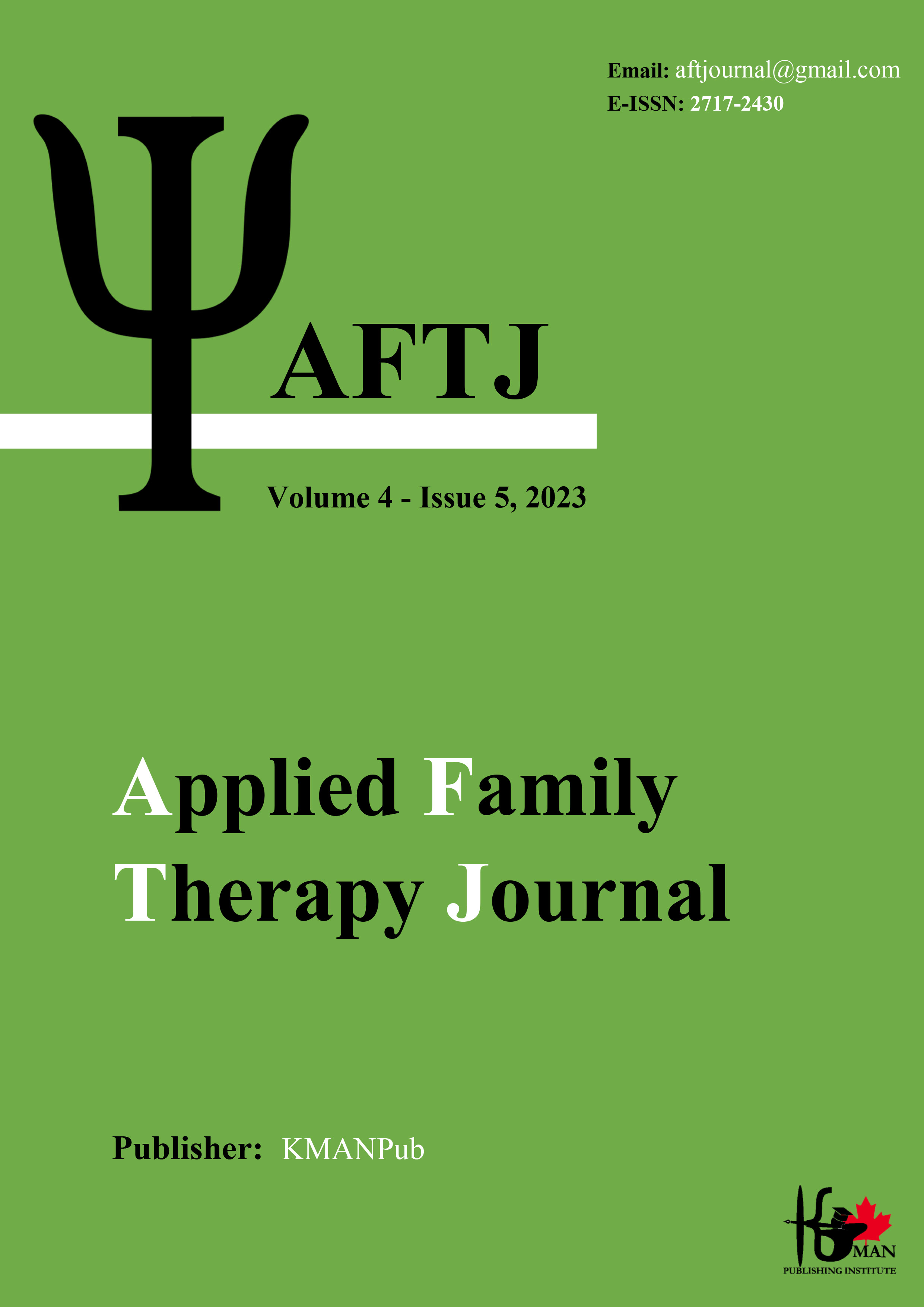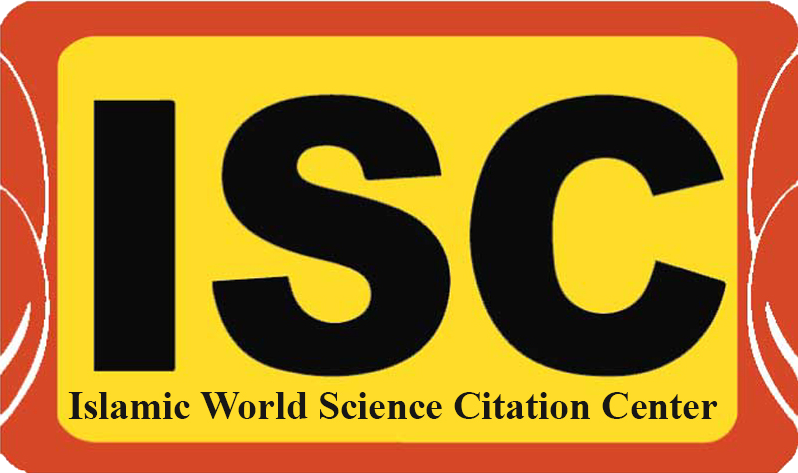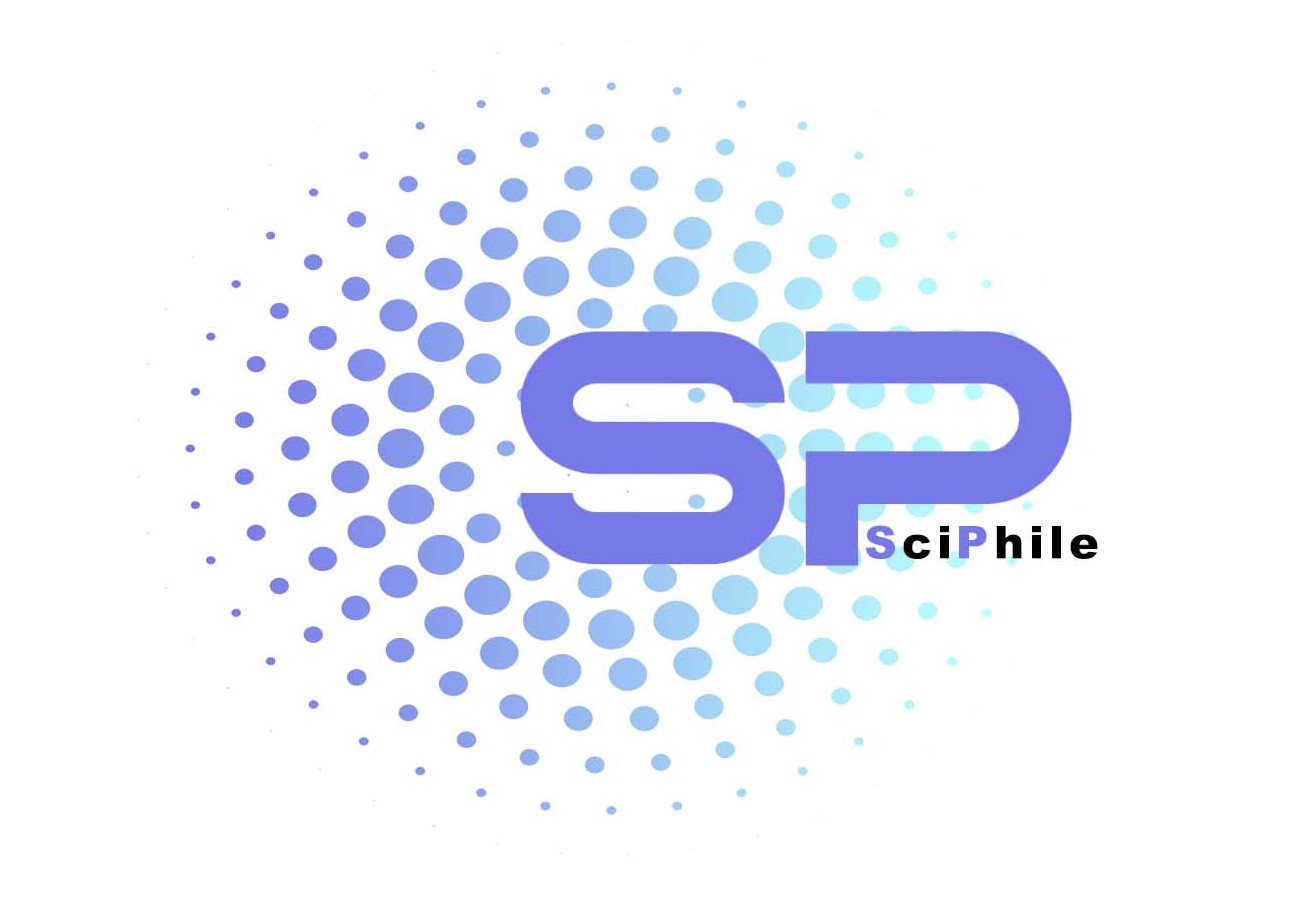Predicting marital commitment based on communication beliefs with the mediation of sexual satisfaction and self-control
Keywords:
communication beliefs, marital commitment, sexual satisfaction, self-controlAbstract
Aim: The present study was conducted with the aim of predicting marital commitment based on communication beliefs with the mediation of sexual satisfaction and self-control. Methods: The research method was correlational and structural equations type. The statistical population is all women who referred to counseling centers and health homes in Tehran in 2020-21 and 380 people were selected as a sample using a simple random sampling method. The data collection tool was Adams and Jones' Marital Commitment Questionnaire (1997), Idelson and Epstein's Relationship Beliefs in Married Life (1982), Larson et al.'s Sexual Satisfaction Questionnaire (1998), and Tangeny et al.'s Self-Control Questionnaire (2004). For data analysis, structural equation modeling was used using AMOS 14 and SPSS 24 software. Results: The results showed that the direct effect of communication beliefs on sexual satisfaction (β=-0.13), self-control (β=-0.47) and marital commitment (β=-0.46) is significant. The direct effect of sexual satisfaction on marital commitment (β=0.22) and self-control on marital commitment (β=0.54) is also positive and significant. Meanwhile, self-control can play a mediating role in the relationship between communication beliefs and marital commitment (P≥0.001). Conclusion: communication beliefs, communication patterns, sexual satisfaction and self-control, if formed in positive and efficient dimensions, can increase and maintain couples' commitments.
Downloads
Downloads
Published
Issue
Section
License

This work is licensed under a Creative Commons Attribution-NonCommercial 4.0 International License.





















